When should I uncover my hives?
More and more beekeepers in the north are experimenting with different overwintering protections: insulation, foam, wind blocks, heating elements, etc. As the weather begins to warm up, beekeepers begin to wonder when they should take this winter protection down.
There is no exact science here. We err on the side of leaving it on a little long as bees seem to do better in heat than cold. Once it’s warm enough to open the hive and do a hive check, is typically a natural time to take off any extra winter insulation. We wait until the long-term forecast shows no sign of any “colder than normal temperatures.” The bees can handle a frost over night, but the last few years have brought a day or two of frigid temps in late March.
Feeding
As  soon as it’s warm enough to see bees flying and to peek inside, you’ll need to evaluate the food stores. You’re not going to want to do a very intrusive hive check, but this is the time of year when bees start to run low on food stores. Additionally, warmer days mean the bees are flying (and using more energy) and the queen is starting to lay. As a rule of thumb, we begin feeding around this time and continue to feed until the dandelions are up in full force. It is not uncommon for hives to starve out in March and, for the beekeeper, this is devastating. In the spring, we feed a 1:1 ratio of sugar to water, and/or we use up our fondant cakes if we have any left from the winter.
soon as it’s warm enough to see bees flying and to peek inside, you’ll need to evaluate the food stores. You’re not going to want to do a very intrusive hive check, but this is the time of year when bees start to run low on food stores. Additionally, warmer days mean the bees are flying (and using more energy) and the queen is starting to lay. As a rule of thumb, we begin feeding around this time and continue to feed until the dandelions are up in full force. It is not uncommon for hives to starve out in March and, for the beekeeper, this is devastating. In the spring, we feed a 1:1 ratio of sugar to water, and/or we use up our fondant cakes if we have any left from the winter.
Pollen Patties
Another supplement you can offer your hives is pollen patties. You can find recipes online or order from retailers. They don’t actually contain any real pollen, but are designed to act as a replacement. Some of the newer product have additional vitamins and minerals too. These are pretty simply to use: you just plunk one in the top of the hive.
The presence of pollen will stimulate the queen to go into full-on laying mode. This can be a great way to get things going in the spring, when your hive is small, but feeding pollen too early can be detrimental if not managed correctly. If you feed pollen too early, your bees will prioritize attending to the brood, instead of clustering. This means, if you have a sudden cold snap, your bees will protect the babies, instead of themselves and can result in a dead-out. Additionally, too much brood production too early can cause the colony population to peak before nectar is available, which is a problem. This said, you absolutely never want to feed pollen patties before the winter solstice. After that, the answer to “when” is highly debatable.
If you start patties early, make sure you keep an eye on feed as they’ll eat it up much faster. This is the first year we’ve used pollen patties and it’s because we’re hoping to make some of our own spring splits. Most importantly, do your hives NEED pollen? Most likely, no. Is it a tool that you can use to manage your colonies? Yes. In our experience, feeding sugar syrup or cakes in the spring is more important than offering pollen patties.
Other Things to Keep You Busy
March is a great time to take stock of equipment. If you are new to beekeeping, get in touch with a mentor and make sure you have everything you need to install your nucs or packag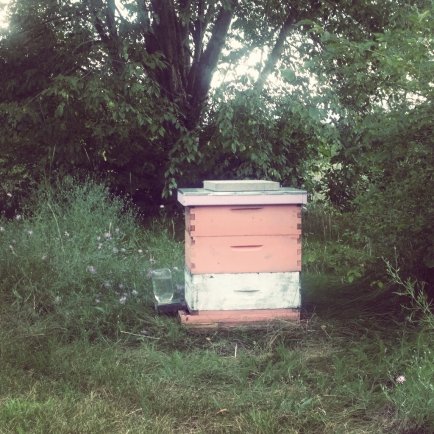 es. This is the time of year to order or build extra boxes and frames. If you are going to paint any hives, do it now.
es. This is the time of year to order or build extra boxes and frames. If you are going to paint any hives, do it now.
If this is your first year of beekeeping, you may want to spend the next few weeks identifying a good placement for your hives. Ideally, you’d place them somewhere with good sunlight and southern or eastern exposure. If you can find a location with some wind protection, even better!
Mite Treatment
March is likely the time to do your first mite treatment. See my previous post for more details.
Analyzing Deadouts
Unfortunately, many beekeepers are all too familiar with losing hives. If you’ve lost any hives, it is important to take them apart and do some investigating. Determining what killed a hive can help you for the next season. Sometimes, there’s nothing you could have done, but most times analyzing dead-outs yields a great amount of information.
The pdf below, from Meghan Milbrath of Michigan State University, is a great overview of how to analyze a deadout and determine the cause.
I love spring so much because of the anticipation it brings. It’s a time to reflect on last year’s work and create a plan for this year’s season. Whether it be in the garden, the apiary, or the homestead, spring is always a time of planning and excitement at our house!
Keep up with my adventures at my blog and find contact information at: MyAdventuresinBeekeeping.wordpress.com
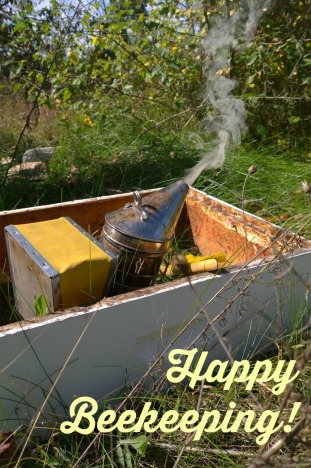
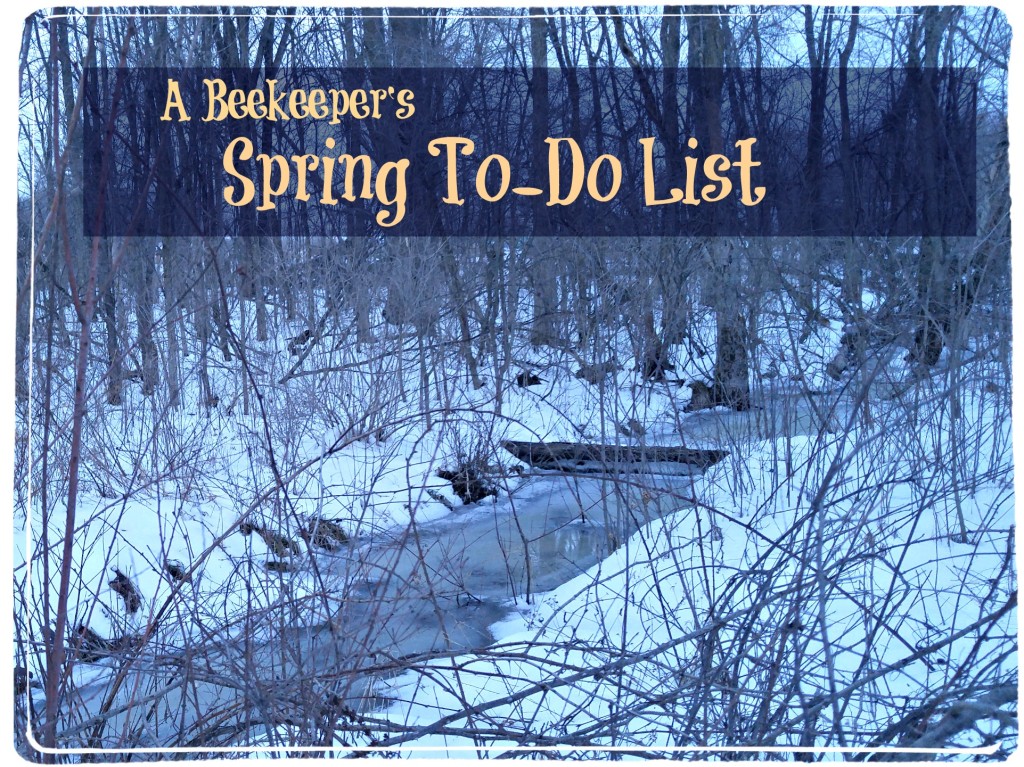
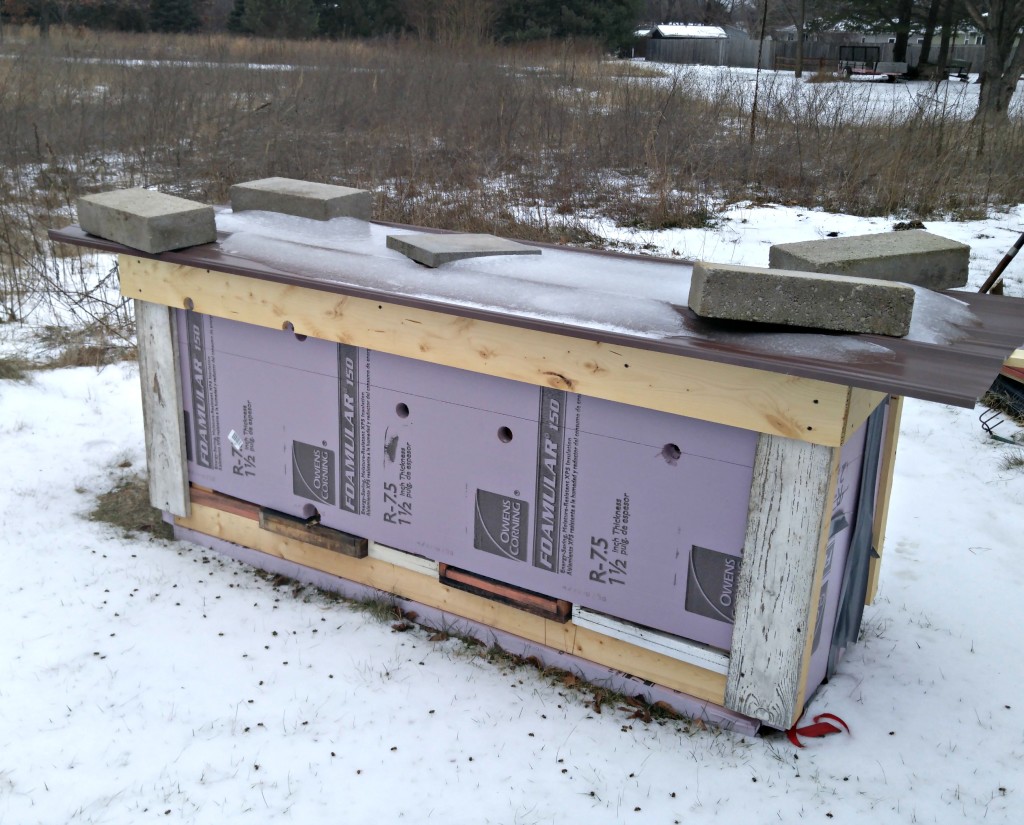
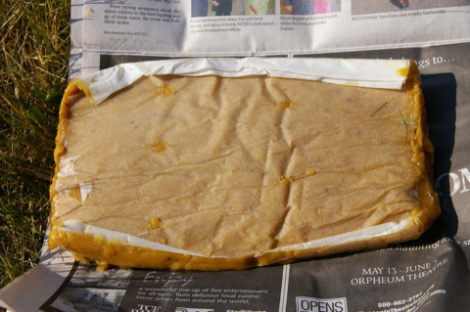
Was at the state conference this weekend, and heard (of course!) lots of different opinions on what to do IF your counts in spring are at or over threshold. The first step is to monitor and see if you even need to treat.
What is threshold varies by where in the season you are, see the Honey Bee Health Coalition’s ‘Tools for Varroa Management’– available free on the internet–for those numbers. That guide also has great information on what treatments may be used with honey on, temperature restrictions, etc. My concern with MAQs is we may have cold nights during the spring, compromising effectiveness. Lots of “experts” were suggesting oxalic BUT — not when there’s brood, as 80% of the mites will be on the brood (and unaffected by oxalic.) Also heard support for Hopguard II.
A key point consistently mentioned by the experts was to rotate treatments. Ie, if you used a formic-based product (like MAQs) last fall, use one of the thymol-based products in spring (or Hopguard II.)